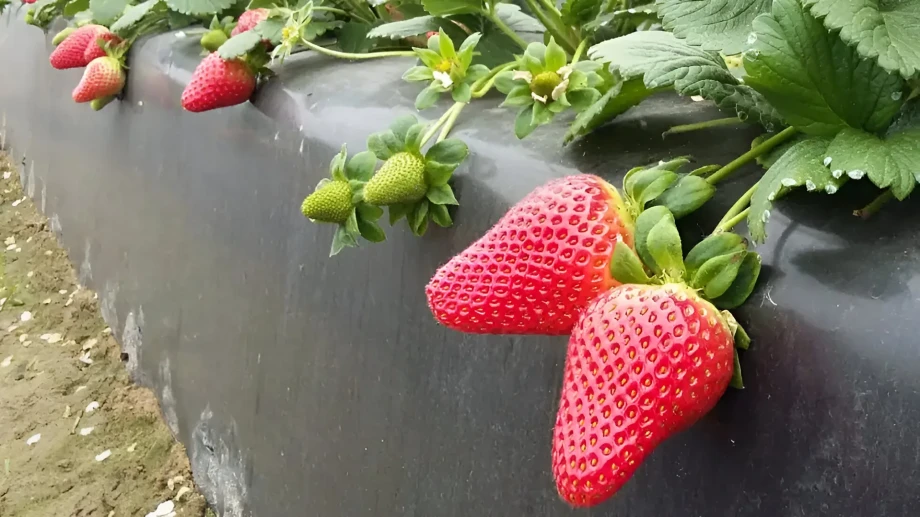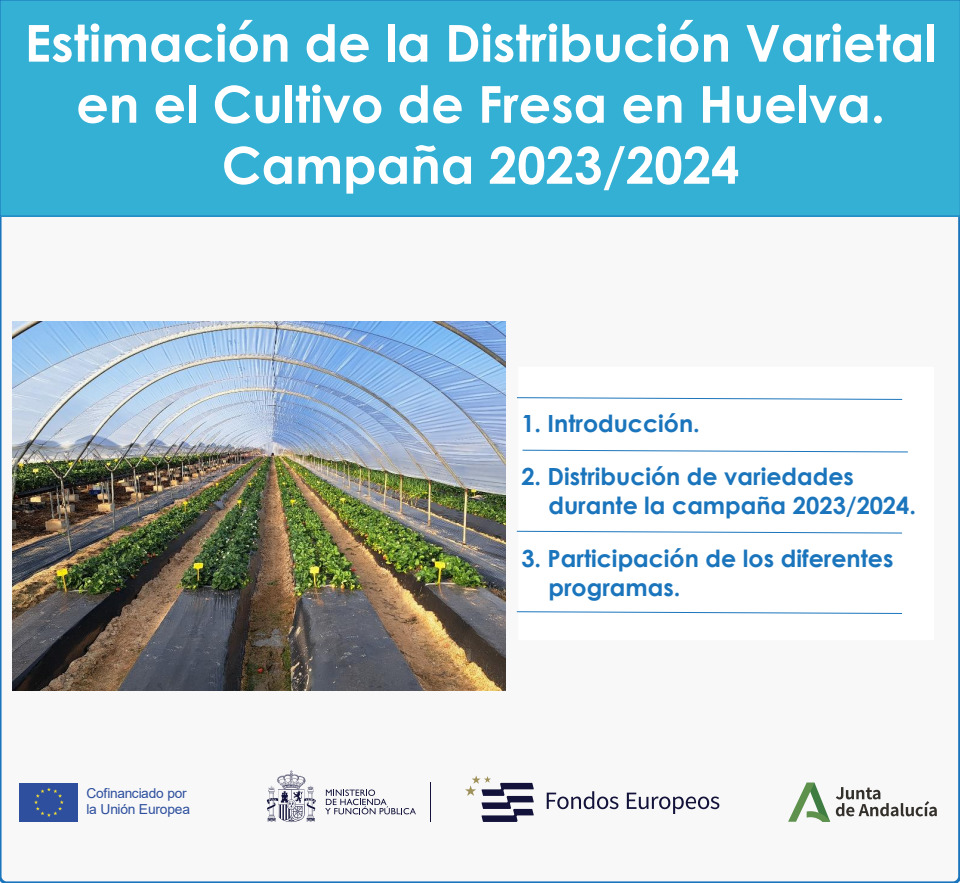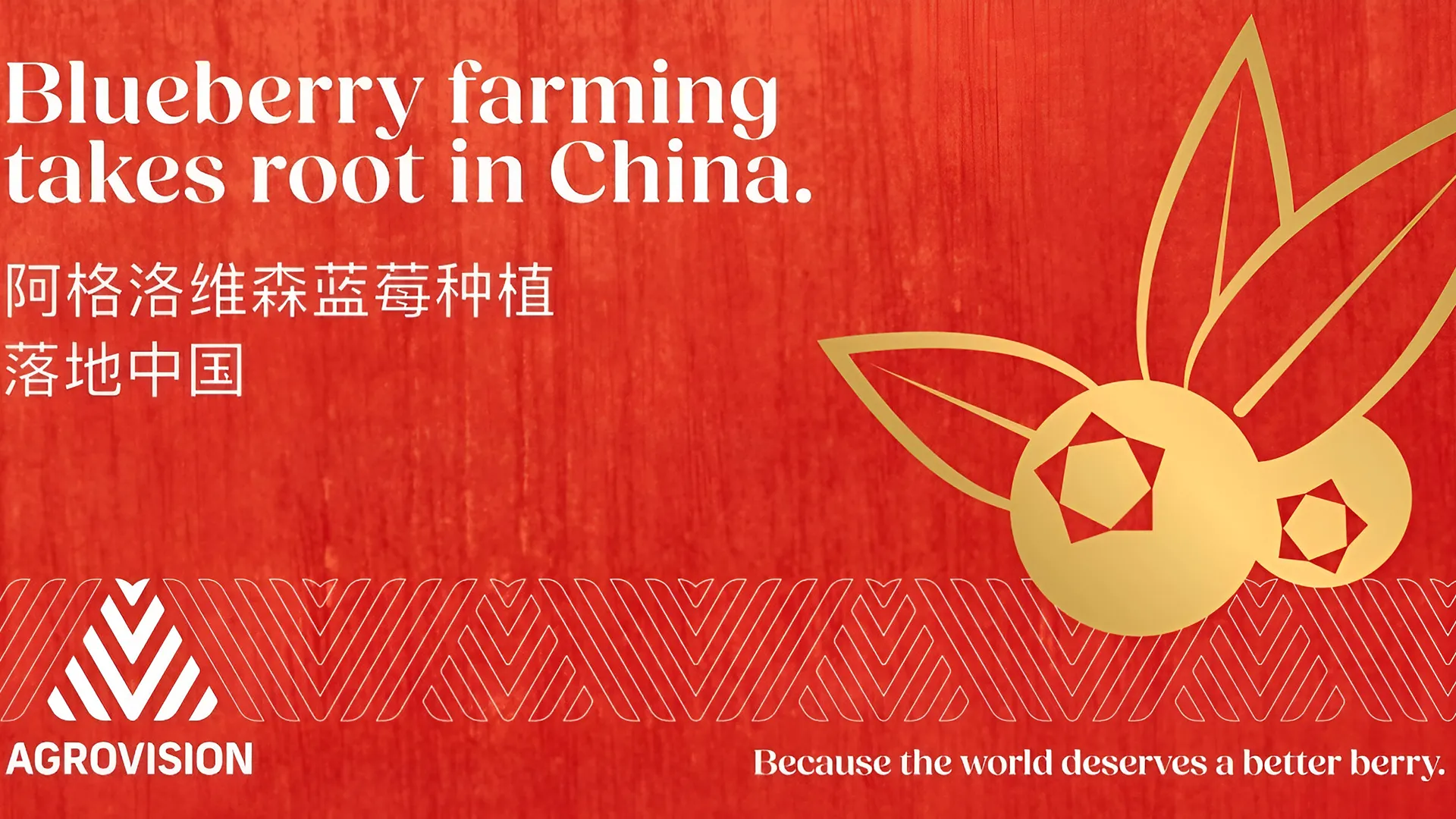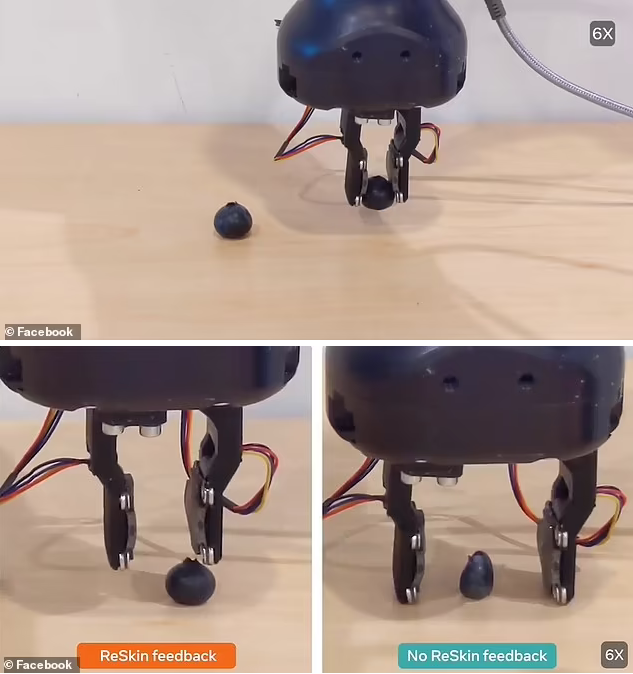Variety selection remains one of the most important aspects each season for this crop. Marisma, Fortuna, and Rociera are the main strawberry varieties planted this season in Huelva.
The strawberry research group at IFAPA (Andalusian Institute for Research and Training in Agriculture, Fisheries, Food, and Ecological Production) published an estimation of the variety distribution in strawberry crops in Huelva for the current 2023/24 season in mid-March.
Breeding programmes
In addition to the variety spectrum, researchers and technicians at IFAPA also considered the share of major genetic improvement programs. The most cultivated varieties in the current campaign are Marisma, Fortuna, and Rociera, which according to IFAPA's estimates represent 31.3% of all plants in production, although the latter two, which were leaders in the past, have continued to reduce their share from the 75.4% reached in the 2018/19 season.
At the top, with 10.7% of cultivated plants, is the Marisma variety from Fresas Nuevos Materiales. This variety confirms its upward trend, which has been evident in the few years it has been cultivated. Last year, it had a market presence of 4.5%, and the year before (2021/22 season), 1.7%.
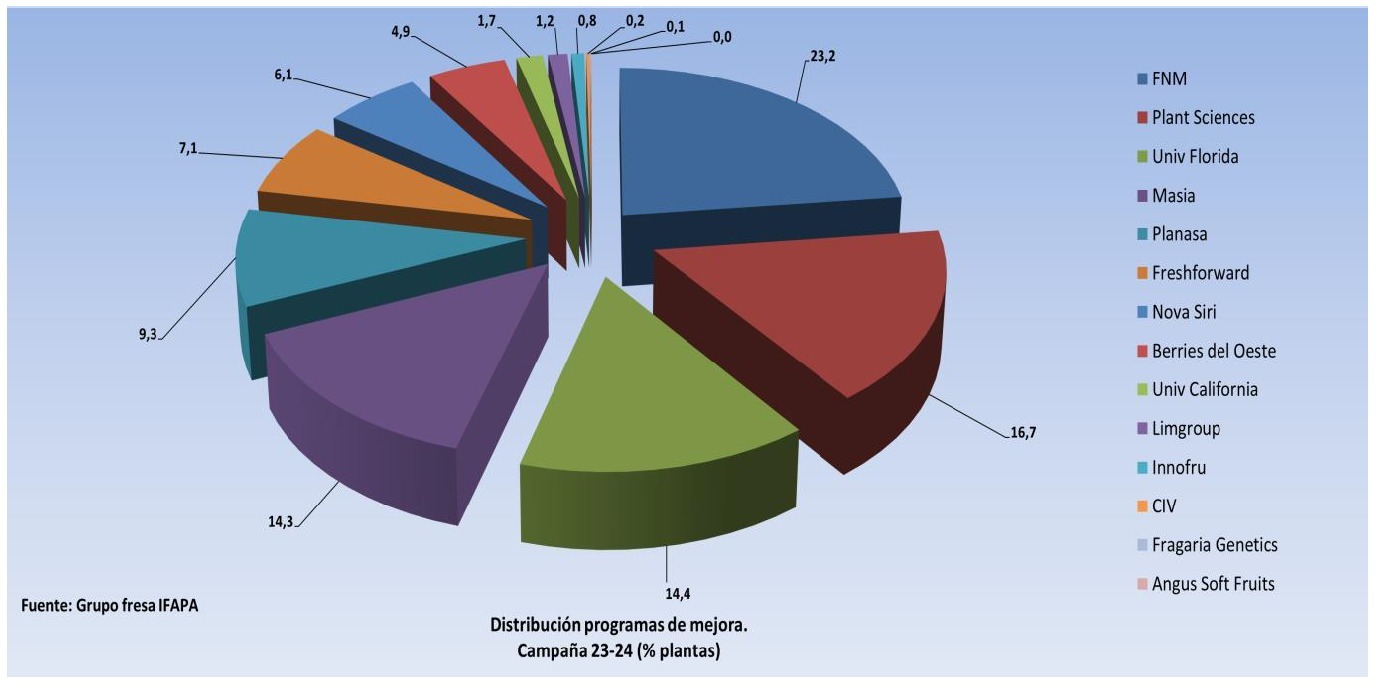
On the other hand, the genetic improvement programs of Fresas Nuevos Materiales S.A. (23.2%), Plant Sciences (16.7%), University of Florida (14.4%), and Masiá Ciscar S.A. (14.3%) have had the greatest impact on the percentage distribution of cultivated strawberry plants in the current season in Huelva. According to Freshuelva, the area cultivated with strawberries in the province of Huelva is 6,714 hectares (-3.1%) in the 2023/24 season.
Varieties
Variety selection remains one of the most important aspects each season for this crop. In 2023/24, about 20 different varieties (with a share of at least 1%) from 14 different genetic improvement programs make up the variety spectrum developed by IFAPA.

These data confirm the province of Huelva as a strategic location for variety improvement, which according to IFAPA researchers "represents a continuous enrichment of the already wide spectrum of existing varieties, allowing companies in the sector to develop a production calendar tailored to their commercial needs."
Variety ranking is changing
The choice of variety to plant continues to be one of the most important aspects to consider in strawberry culture. Growers aim for an interesting, advantageous and, if possible, original composition.
This leads to a tendency to change the landscape from one season to the next. Until the 2021/2022 season, the two most cultivated varieties (Fortuna and Rociera) occupied an important part of the total, i.e. 47.6% (in 2018/19 they accounted for more than 75%). However, this dominance has gradually weakened in recent years, and in the last season, the two main varieties (Marisma and Fortuna) accounted for only 29.6%.
The three main varieties in Huelva
The characteristics of the main strawberry varieties in Huelva are as follows:
Marisma FNM (10.7%) is distinguished by its sweet taste and intense red color. Additionally, it has exceptional development after planting and tolerance to most soil diseases. It is an early variety with high production and resistance.
Fortuna (10.5%) from the University of Florida program is characterized by a large proportion of large and marketable fruits, good durability and transportability, uniform size, bright and shiny red color, very early production with high yield and good flavor.
Rociera FNM (10.1%) stands out for its distinctive and attractive light red color. It has a large production of category I fruits, with a high and balanced sugar and acid content, leading to high Brix values. The fruits maintain a good size throughout the season and are very firm and compact. They are highly resistant to pressure, making them an ideal product for export. d.s.
Click here to download the full IFAPA report
Photo: Rociera strawberry







